What will the solar eclipse be like on April 8, 2024 (11 photos + 1 video)
The third major solar eclipse in 8 years is approaching - it will occur on April 8 over North America. Residents of the United States, as well as southeastern Canada and northwestern Mexico will be able to see this amazing phenomenon. 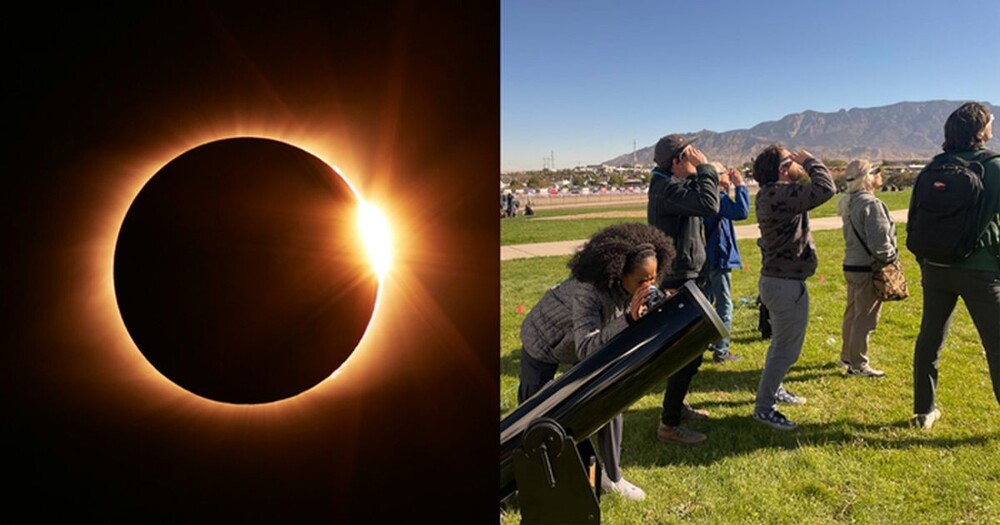
On April 8, the Moon will cast a huge shadow over North America, and millions of people will watch a total solar eclipse 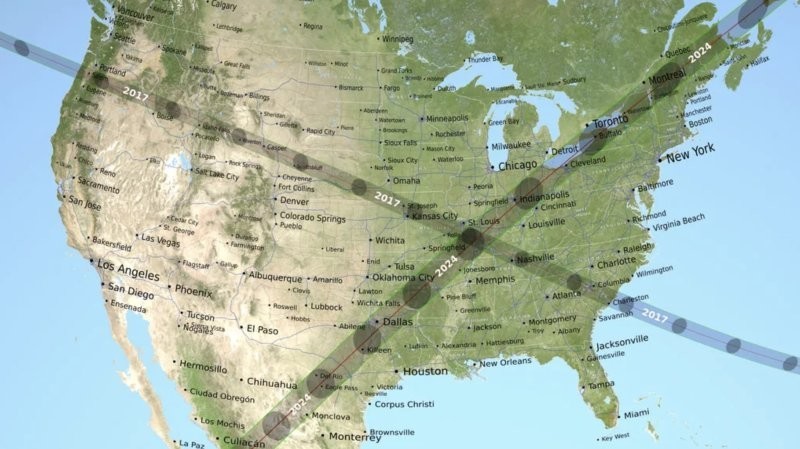
Solar eclipses are natural phenomena that occur when the Earth, Moon and Sun are in line. Depending on how they are positioned, eclipses offer unique, breathtaking views of either the Sun or the Moon. 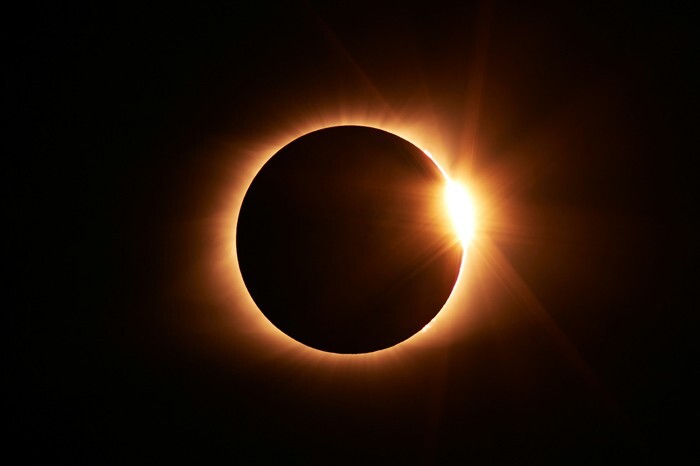
When the Moon passes between the Sun and the Earth, it casts a shadow on the Earth, which in some places completely or partially blocks the light of the Sun. This only happens occasionally because the Moon does not rotate in the same plane as the Sun and Earth. The time when they are in the same plane is called eclipse season, which occurs twice a year. 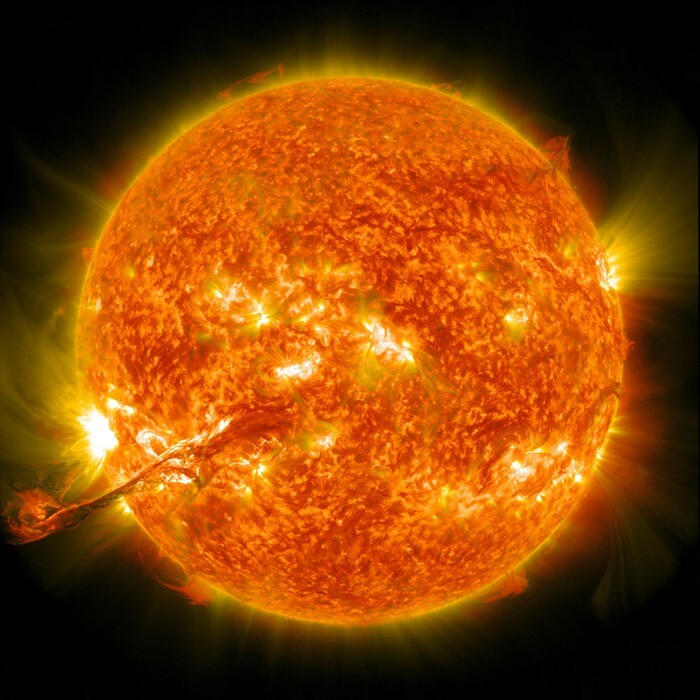
NASA identifies 4 types of solar eclipses:
— A total solar eclipse is when the Moon passes between the Earth and the Sun and completely blocks the light of the Sun. This is the only type of solar eclipse in which people can temporarily remove their eclipse glasses. In good weather conditions, you can see the solar corona - the outer atmosphere that usually blocks out the bright light of the Sun.
— An annular solar eclipse is when the Moon passes between the Earth and the Sun and is at or near the point farthest from the Earth. In this case, the Moon appears smaller than the Sun and does not completely hide it.
— A partial solar eclipse is when the Moon passes between the Earth and the Sun, but their position is not ideal. In this case, only part of the Sun will be hidden.
- Hybrid Solar Eclipse - Due to the curved surface of the Earth, sometimes an eclipse can transition from an annular to a total eclipse as the Moon's shadow moves across the globe.
A solar eclipse is when the Moon passes between the Sun and the Earth, casting a shadow over part of the Earth and thereby blocking the Sun from observers in those places 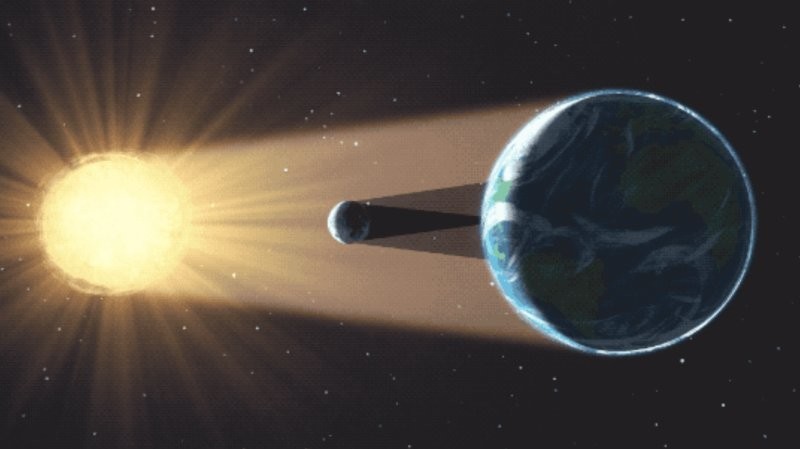
The oldest record of an eclipse in human history was made on a clay tablet found at Ugarit, in modern-day Syria. Two plausible dates are usually given: 3 May 1375 BC or 5 March 1223 BC. There have been other attempts to date earlier eclipses, and one of them comes from archaeologist Bruce Massa, who may have linked the eclipse that occurred on May 10, 2807 BC. BC, with a possible meteorite falling into the Indian Ocean based on several ancient flood myths that mentioned a total solar eclipse. 
Of course, such a noticeable celestial event could not help but acquire myths over the centuries. For example, in ancient China, solar eclipses were believed to occur when a celestial dragon attacked and devoured the Sun. To scare away the dragon and save the Sun, people beat drums and made loud noises during an eclipse. According to a legend from ancient Hindu mythology, a treacherous demon named Rahu was beheaded by the gods for capturing and drinking Amrita, the nectar of the gods. Rahu's immortal head flies into the sky and swallows the Sun, causing an eclipse, but the Sun quickly reappears as Rahu has no throat. The ancient Greeks believed that a solar eclipse was a sign of the wrath of the gods and the beginning of disasters and destruction. 
Very often, in different cultures around the world, during an eclipse, people would gather together and make loud noises. They believed that in this way they would scare away the demon trying to steal the Sun. And even today, many people still associate a solar eclipse with evil omens that bring death, destruction and disaster.
There may be some truth to that this year, because according to NASA, when people observe a total solar eclipse, a rare and massive comet, nicknamed “the devil’s comet,” will fly past Earth for the first time in 71 years!
The third major solar eclipse in 8 years will coincide with the passage of a rare comet past the Earth 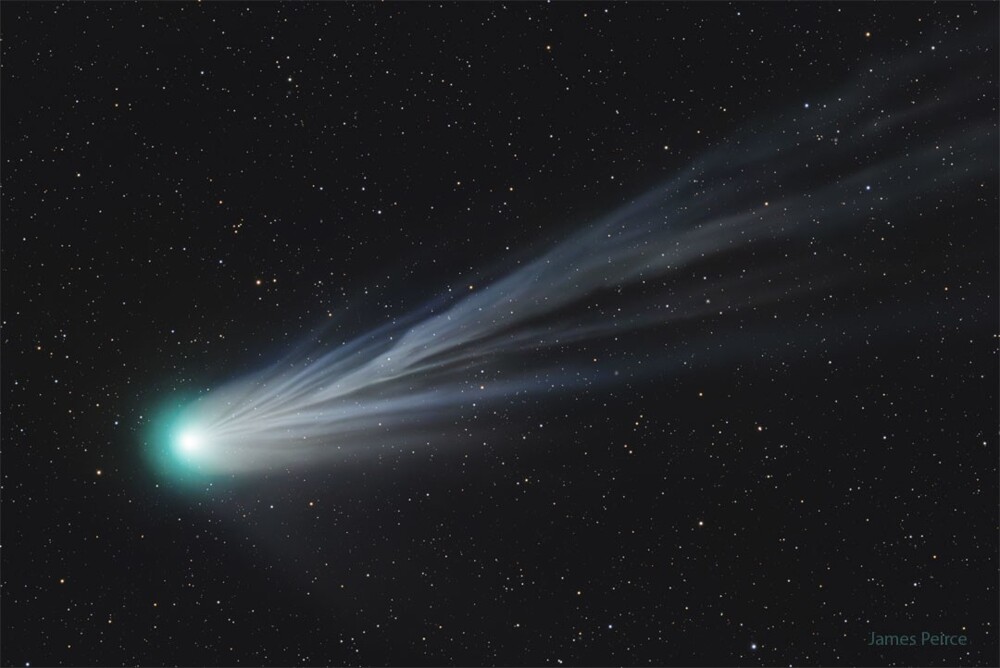
The comet received its official name 12P/Pons-Brooks due to the formation of two “horns” consisting of ice, gas and periodic explosions. The light blue stream seen in the photo is an ion tail, made up of charged molecules pushed away from the comet's nucleus by the solar wind. The ion tail is formed under the influence of the solar wind and the rotation of the comet's nucleus and is always directed away from the Sun.
According to scientists from the American Astronomical Society, the devil comet has a diameter of at least 17 km and will make its closest path from the Sun on April 21, and from Earth on June 2.
As noted by Dr. Paul Chodas, director of the Center for Near-Earth Object Studies, and Davide Farnocchia, a navigation engineer at NASA's Jet Propulsion Laboratory in Pasadena, California, the comet will be about 25 degrees from the eclipsing Sun. “The comet will be fairly easy to find during a total solar eclipse, as will a number of planets,” the researchers add. 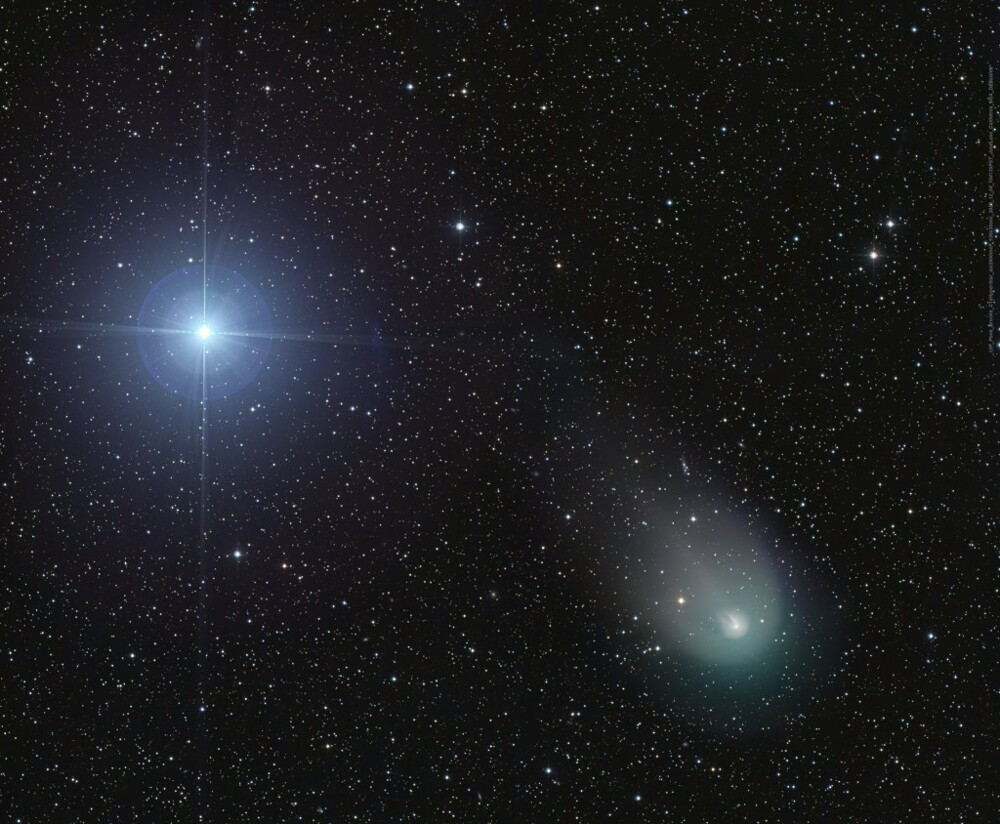
Dr. Dave Schleicher, an astronomer at the Lowell Observatory in Arizona, is also excited about the rare comet, but recommends focusing on the total solar eclipse on April 8: “I've seen a lot of comets in my life. But I've only seen two total eclipses, and this will be the third. I saw the first one in 1991 from Baja. And it was simply extraordinary. I remember realizing that it was no wonder that this was considered the most magnificent sight in the sky that any person on Earth could see. When you see him, you will understand it." 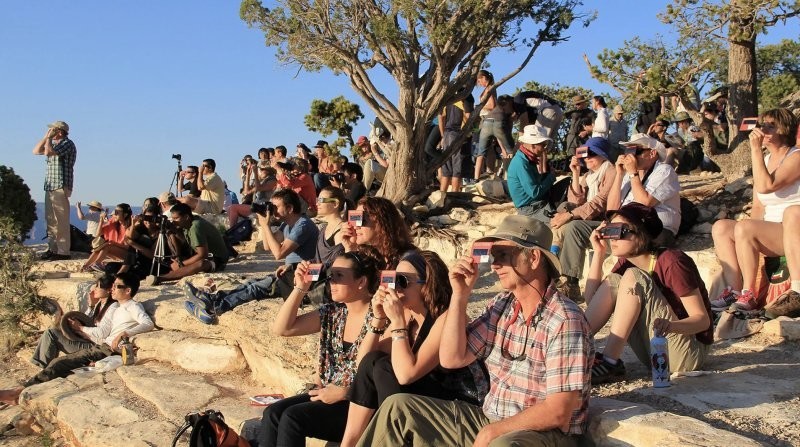
According to the Guinness Book of Records, the last longest total solar eclipse occurred on June 20, 1955, west of the Philippines and lasted 7 minutes 8 seconds. In 2017, solar eclipse watchers were able to do so for 2 minutes, 42 seconds in the Carbondale, Illinois area, and this year, an area 25 minutes northwest of Torreon, Mexico will experience the longest total solar eclipse ever. solar eclipse - 4 min 28 sec. 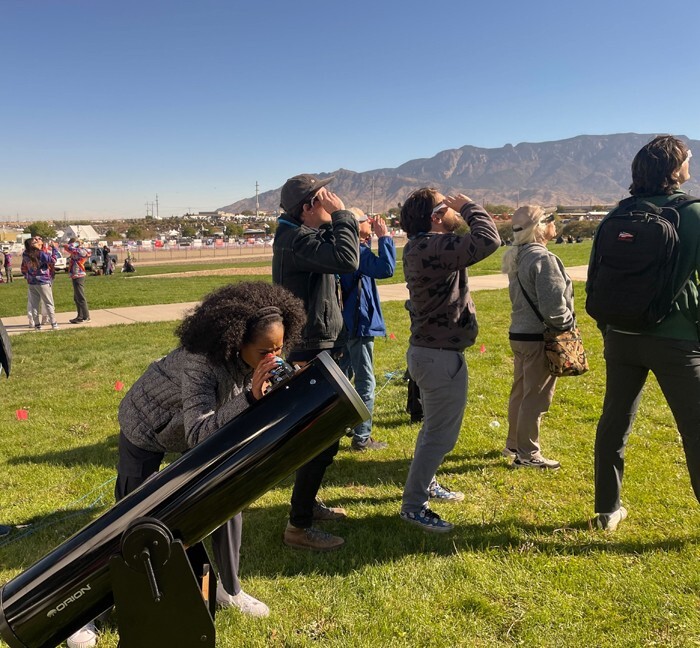
NASA will broadcast live from several sites along the path of total eclipse
What makes the 2024 eclipse unique is the timing of it: The Sun is on an 11-year cycle, and solar flares and other eruptions are least active during solar minimum, but during the April eclipse it will be near its peak or solar maximum.
NASA also noted that other interesting things might be seen, such as shadow waves - fast-moving, long, dark streaks with white spaces between them that can be seen on the sides of buildings or on the ground before and after the eclipse, Bailey's beads (optical effect) - rays of light from the sun passing through the valleys along the lunar horizon, and the diamond ring - Bailey's rosary will begin to fade until only one bright spot remains along the edge of the Moon. This bright spot resembles a diamond in a giant ring formed by the remnants of the sun's atmosphere.
The 2024 eclipse is definitely a once-in-a-lifetime spectacle.






























